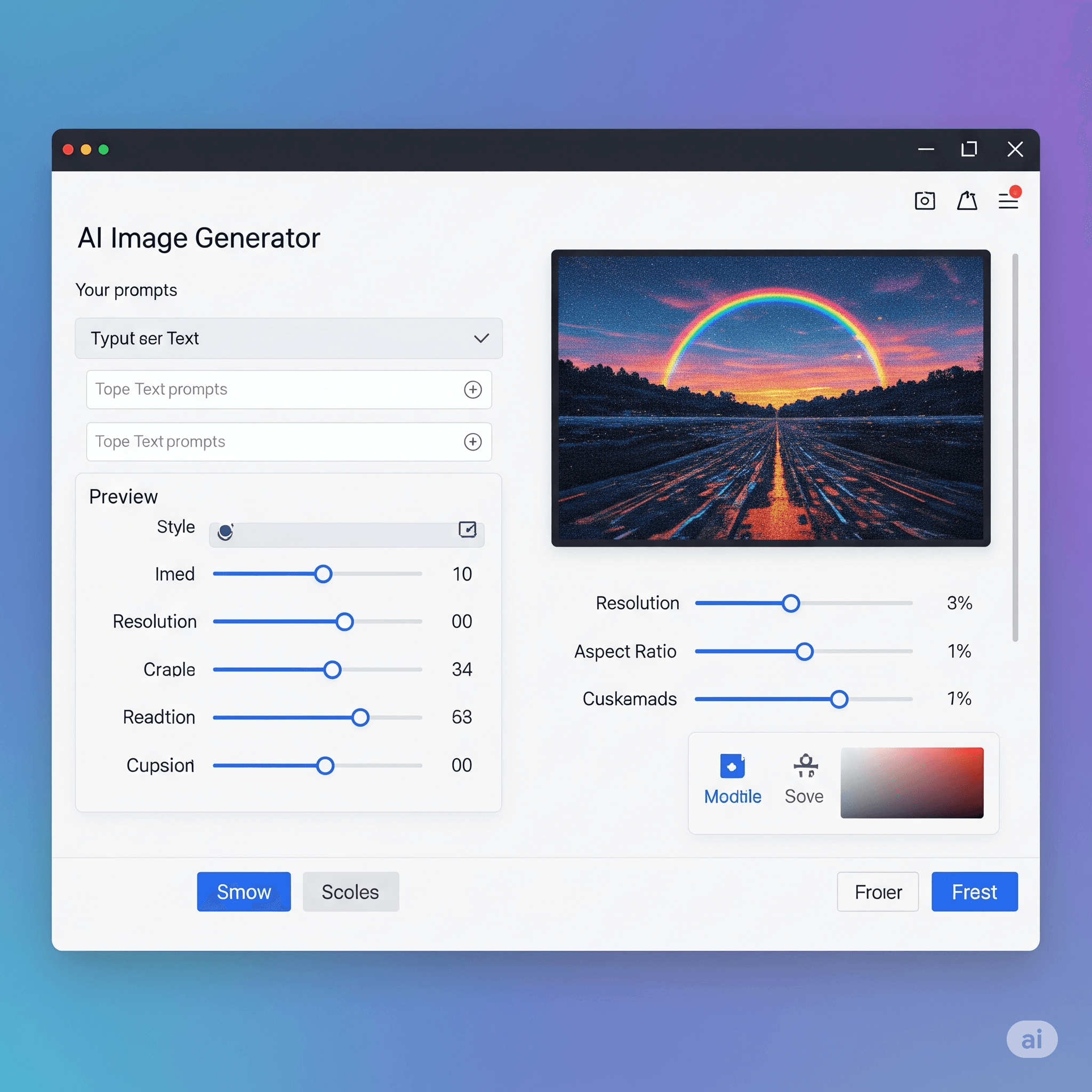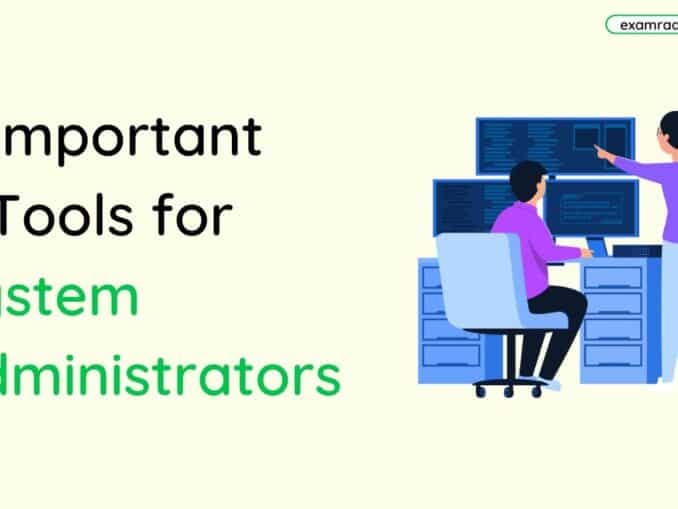Question: __________ control refers to the mechanisms and techniques to keep the load below the capacity.
Answer:
- Congestion control refers to the mechanisms and techniques to keep the load below the capacity of the network.
- Congestion control is a critical aspect of network protocols such as TCP that are designed to provide reliable data transfer over the Internet. It helps to prevent congestion, which can occur when too much data is sent over a network, leading to packet loss, increased delays, and reduced throughput.
- The main goal of congestion control is to ensure that the amount of traffic sent by a host does not exceed the capacity of the network. This is achieved by dynamically adjusting the rate of data transmission based on network conditions such as packet loss, delays, and congestion signals. Congestion control algorithms typically use a combination of techniques such as adjusting the sending rate, reducing the window size, and reacting to congestion signals such as packet drops and ECN (Explicit Congestion Notification) marks.
- By controlling the amount of traffic on a network, congestion control helps to ensure that the network operates efficiently and that all users can access the resources they need. Without congestion control, networks can become congested and unstable, leading to degraded performance, reduced throughput, and potentially even network failures.
MCQ: __________ control refers to the mechanisms and techniques to keep the load below the capacity.
Correct Answer:
A. flow
Explanation:
- Congestion control refers to the mechanisms and techniques to keep the load below the capacity of the network.
- Congestion control is a critical aspect of network protocols such as TCP that are designed to provide reliable data transfer over the Internet. It helps to prevent congestion, which can occur when too much data is sent over a network, leading to packet loss, increased delays, and reduced throughput.
- The main goal of congestion control is to ensure that the amount of traffic sent by a host does not exceed the capacity of the network. This is achieved by dynamically adjusting the rate of data transmission based on network conditions such as packet loss, delays, and congestion signals. Congestion control algorithms typically use a combination of techniques such as adjusting the sending rate, reducing the window size, and reacting to congestion signals such as packet drops and ECN (Explicit Congestion Notification) marks.
- By controlling the amount of traffic on a network, congestion control helps to ensure that the network operates efficiently and that all users can access the resources they need. Without congestion control, networks can become congested and unstable, leading to degraded performance, reduced throughput, and potentially even network failures.
Discuss a Question
Related Questions
- 1. In TCP's ________ algorithm the size of the congestion window increases exponentially until it reaches a threshold.
- 2. In TCP's __________ algorithm the size of the congestion window increases additively until congestion is detected.
- 3. ________ treats the two signs of congestion detections, timeout and three duplicate ACKs, in the same way.
- 4. In ______ TCP, when the connection is established, TCP starts the slow start algorithms and sets the <em>ssthresh</em> variable to a pre-agreed value (normally 64 or 128 kilobytes) and the <em>cwnd</em> variable to 1 MSS.
- 5. The ___________ added a new state to the congestion control FSM, called the fast recovery state.
- 6. The ___________ treated the two signals of congestion, timeout and arrival of three duplicate ACKs, differently.
- 7. The __________ state in Reno TCP is a state somehow between the slow start and the congestion avoidance states.
- 8. In the Reno TCP, when TCP enters the fast recovery, if duplicate ACKs continue to come, TCP ____________________________________.
- 9. In the Reno TCP, when TCP enters the fast recovery, if a timeout occurs, TCP ____________________________________.
- 10. In the Reno TCP, when TCP enters the fast recovery, if a new (non duplicate) ACK arrives TCP ____________________________________.
You may be interested in:
Computer Networking MCQs






